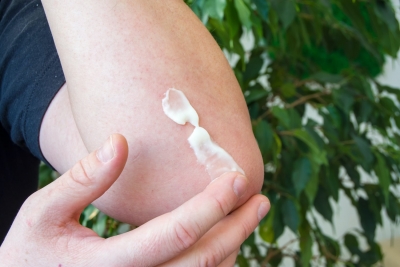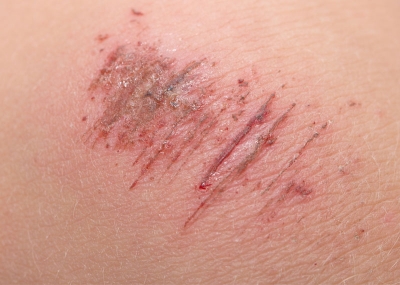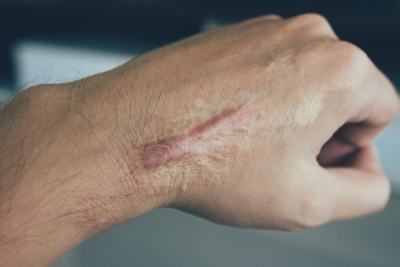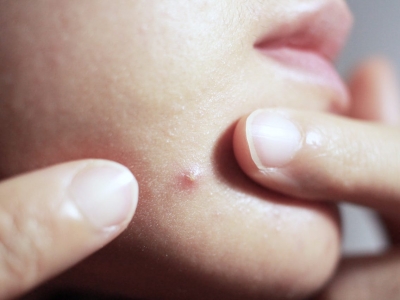Why should antibiotic ointments be applied?

This combination product is used to treat minor wounds (e.g., cuts, scrapes, burns) and to help prevent or treat mild skin infections. Minor skin infections and wounds usually heal without treatment, but some minor skin wounds may heal faster when an antibiotic is applied to the affected area. This product contains antibiotics that work by slowing or stopping the growth of bacteria.
Topical antibiotics are often applied to wounds after surgery because it is thought that they prevent surgical site infection. There are thought to be benefits in using antibiotics topically rather than orally or intravenously. As topical antibiotics act only on the area of the body where they are applied, there is less likelihood of unwanted effects that affect the whole body, such as nausea and diarrhoea. Topical antibiotics are also thought to reduce the chances of bacterial resistance (bacteria changing to become resistant to medication). However topical antibiotics can also have unwanted effects, the most common being an allergic reaction on the skin (contact dermatitis), which can cause redness, itching and pain at the site where the topical antibiotic was applied.
Picture Credit : Google


